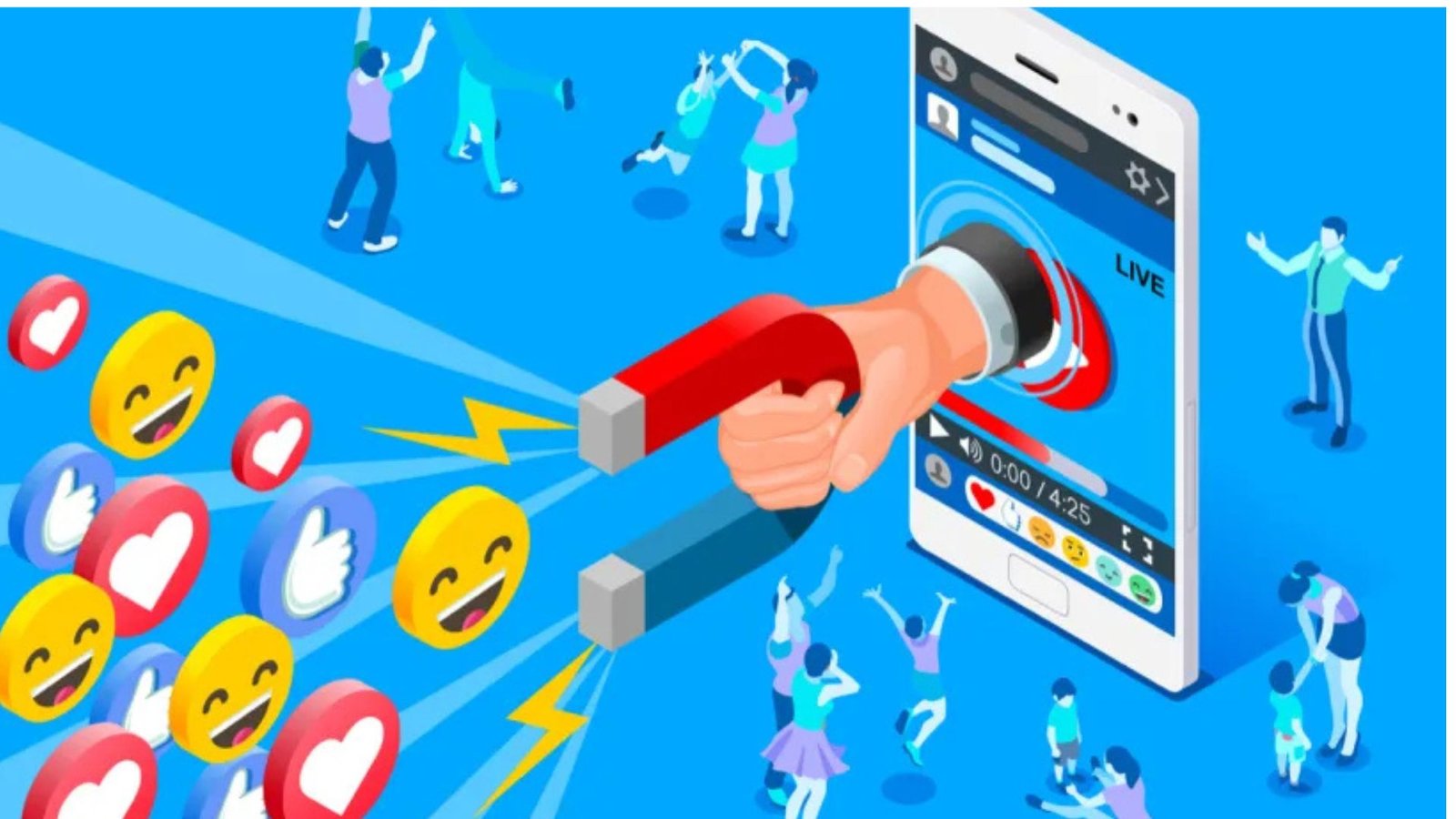In the digital age, social media has become a powerful tool for businesses, influencers, and individuals to connect with audiences, build relationships, and express opinions. However, with the good comes the bad—social media trolls. These individuals thrive on provoking negative reactions, spreading negativity, and attempting to disrupt online conversations. Whether you’re a brand, a public figure, or an individual, dealing with trolls professionally is essential to maintain a positive online reputation and foster a respectful digital environment. In this article, we’ll explore the best strategies to handle social media trolls while preserving professionalism and protecting your mental well-being.

Understand What a Troll Is
Before diving into strategies for handling trolls, it’s crucial to understand who trolls are and why they behave the way they do. A troll is someone who intentionally posts inflammatory, offensive, or provocative comments to elicit an emotional response from others. Their primary goal is not to have a meaningful discussion but to disrupt, annoy, and cause frustration. This behavior is different from someone simply disagreeing or criticizing your content respectfully.
Key Characteristics of a Troll:
- They are usually anonymous or use fake accounts.
- They tend to make personal attacks rather than offering constructive criticism.
- They thrive on attention and often escalate their comments when they receive a reaction.
Recognizing the difference between a troll and a legitimate critic is the first step in handling the situation professionally.
Don’t Respond Immediately – Take a Step Back
The worst thing you can do when dealing with a troll is to react impulsively. Trolls are skilled at pushing buttons, and their goal is to provoke a reaction. By responding emotionally or in haste, you risk feeding the troll and escalating the situation.
What You Should Do:
- Take a moment to breathe and assess the comment objectively.
- Avoid knee-jerk reactions, as they often lead to further conflict.
- Consider the potential consequences of engaging with the troll before responding.
Tip: If you feel the urge to respond, write a draft of your reply but don’t post it immediately. Review it after a while to ensure that it aligns with your professional tone and intentions.
Use Humor to Defuse the Situation (When Appropriate)
In some cases, using humor can be an effective way to defuse a trolling situation without escalating the conflict. A lighthearted, non-confrontational response can disarm the troll and demonstrate that you’re not easily provoked. However, humor should be used carefully, as it can sometimes backfire if misinterpreted.
How to Use Humor Effectively:
- Make sure the humor is light-hearted, self-deprecating, and doesn’t target the troll directly.
- Avoid sarcasm, which can be misread as mocking or insulting.
- Keep it respectful, even when using humor, to maintain professionalism.
Example: If a troll mocks your brand’s product, a witty and clever response acknowledging their comment in a fun way could demonstrate your brand’s confidence and maturity.
Respond Professionally and Stay Calm
If you decide to respond, keep your tone calm, polite, and professional. Engaging in a heated exchange is often counterproductive and will only fuel the troll’s behavior. By responding thoughtfully, you demonstrate that you’re not rattled by their negativity and are committed to maintaining a respectful conversation.
Key Tips for Professional Responses:
- Stick to facts: Provide clear, factual information without resorting to emotional language.
- Be polite: Thank them for their feedback, even if it’s negative or hostile. This shows that you’re open to criticism but also confident in your position.
- Avoid personal attacks: Respond to the comment or concern, not the person making it.
Example: Instead of retaliating with insults, a well-constructed response could be, “Thank you for sharing your thoughts. We’re constantly striving to improve and value all feedback.”
Conclusion
Social media trolls are a reality that many people and brands have to contend with, but handling them professionally is key to preserving your online reputation and maintaining a positive environment. By staying calm, being strategic, and knowing when to ignore or block, you can manage trolls without letting them undermine your confidence or disrupt your online presence. Remember, your responses reflect your brand or personal image, so always strive to keep interactions respectful and constructive. Ultimately, by focusing on what matters—your message, your followers, and your goals—you can rise above the negativity and continue to build meaningful relationships online.










